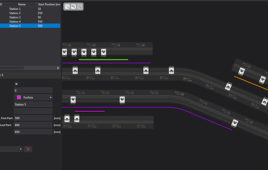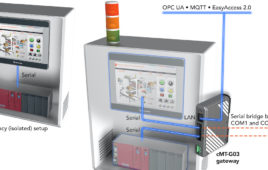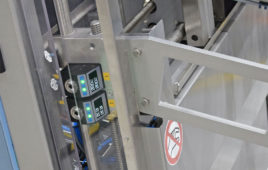Professor Hiroshi Amano from Nagoya University made headlines in 2014 when he was awarded the Nobel Prize in physics for his development of the blue light-emitting diode (LED). With the help of other researchers, the renowned physicist is now developing a remote power supply system that can send energy over great distances using electromagnetic waves. According to Amano, the first objective for his team is to develop a wireless system capable of supplying electricity to drones in the next three years.
In order for electrical devices like drones to gain a continuous supply of energy, it requires connecting wires and cables that are linked to a power source. While some wireless power transmission technologies have been developed, these devices are inefficient and limited to low-power products such as cellphones.
Amano’s research team wants to develop a system capable of converting electricity into high-frequency electromagnetic waves that are then sent to a target destination (like an antenna laser light), and converted back to electricity through a receiving antenna. Efficiently sending large amounts of electricity over great distances is a viable concept, however putting the idea to practical use with current technologies has been quite challenging, since large amounts of energy are lost in the process.
One of the ways Amano’s team hopes to achieve this goal is through utilizing gallium nitride (GaN), which was a key component in his development of blue light-emitting diodes that won him his 2014 Nobel Prize (and was the first instance where the performance of power semiconductors used to regulate voltage and electric current was successfully improved). Amano’s researchers believe these findings will help with issues like power loss, and the team has already begun using this model on a system for drones.
The team is working with Japanese electronic manufacturers and drone developers to build a system containing an electric circuit and embedded antenna. Over the next three years, Amano and his researchers hope to develop a system capable of wirelessly transferring energy over a short distance (of a few dozen centimeters) in three minutes. Once that is accomplished, the team then aims to expand to the transfer distance and time it takes, until the system can charge a drone reaching altitudes of 100 meters.
Since drones can navigate across areas regardless of geographical features, the crafts have garnered attention as a resourceful tool in disaster rescue missions and next-generation alternative to distribute goods. Having said that, most drones can currently fly for only short periods, and need frequent chargings. A standard drone carrying a 20 kg object, for example, is typically limited to a flight time of just 30 minutes. Drones can ultimately have infinite flight time, which a tethered system makes extremely inconvenient by limiting the craft’s navigation range (essentially defeating the purpose of using the drone in the first place).
Amano strongly believes remote power supply systems will become the technology that makes a greater contribution to the well-being of people all over the world than the blue LED he became so renowned for developing. If Amano’s team achieves their goals, it will be years before our everyday lives begin to be affected by this type of technology, but its benefits will be worth the wait.
Filed Under: M2M (machine to machine)




